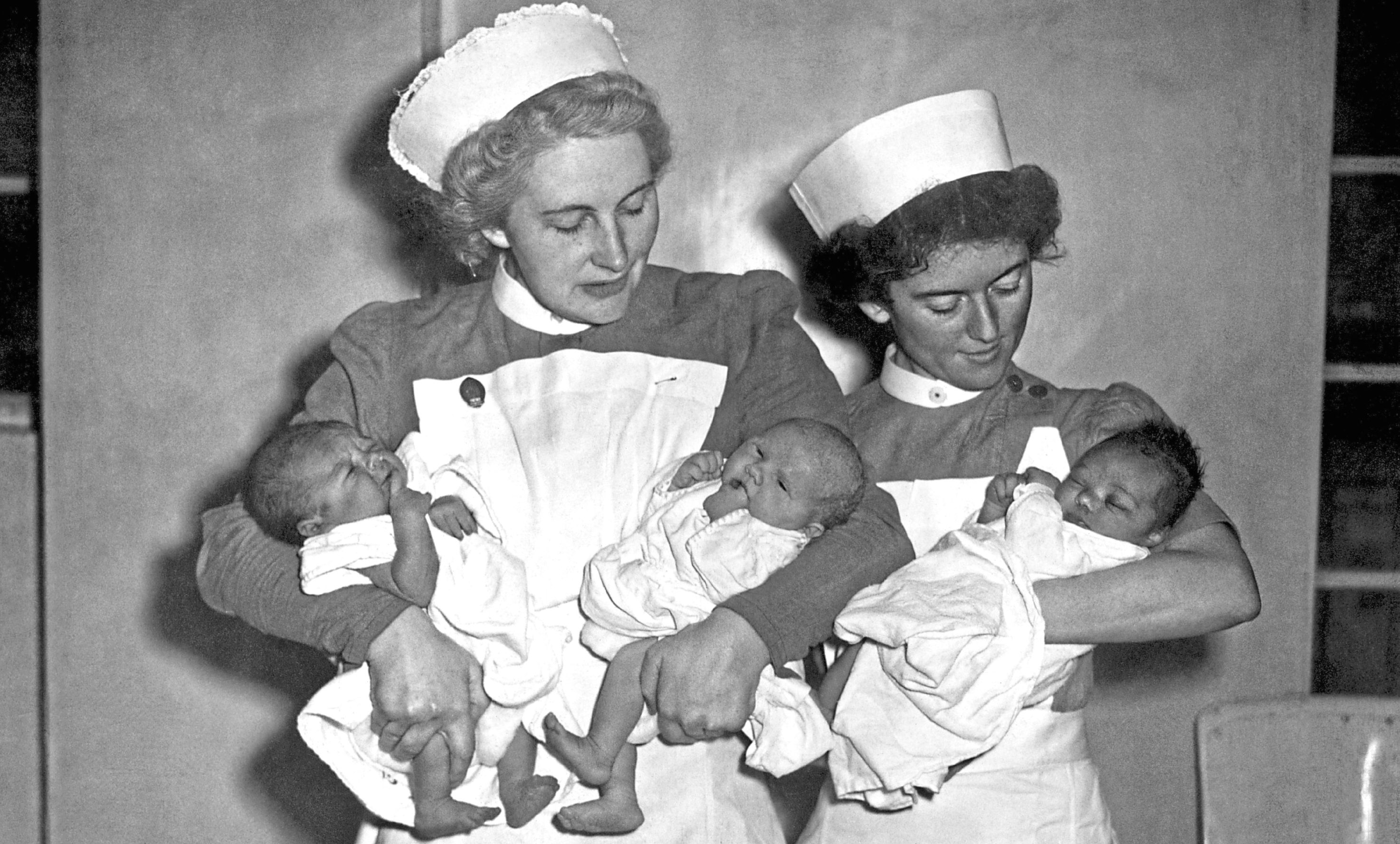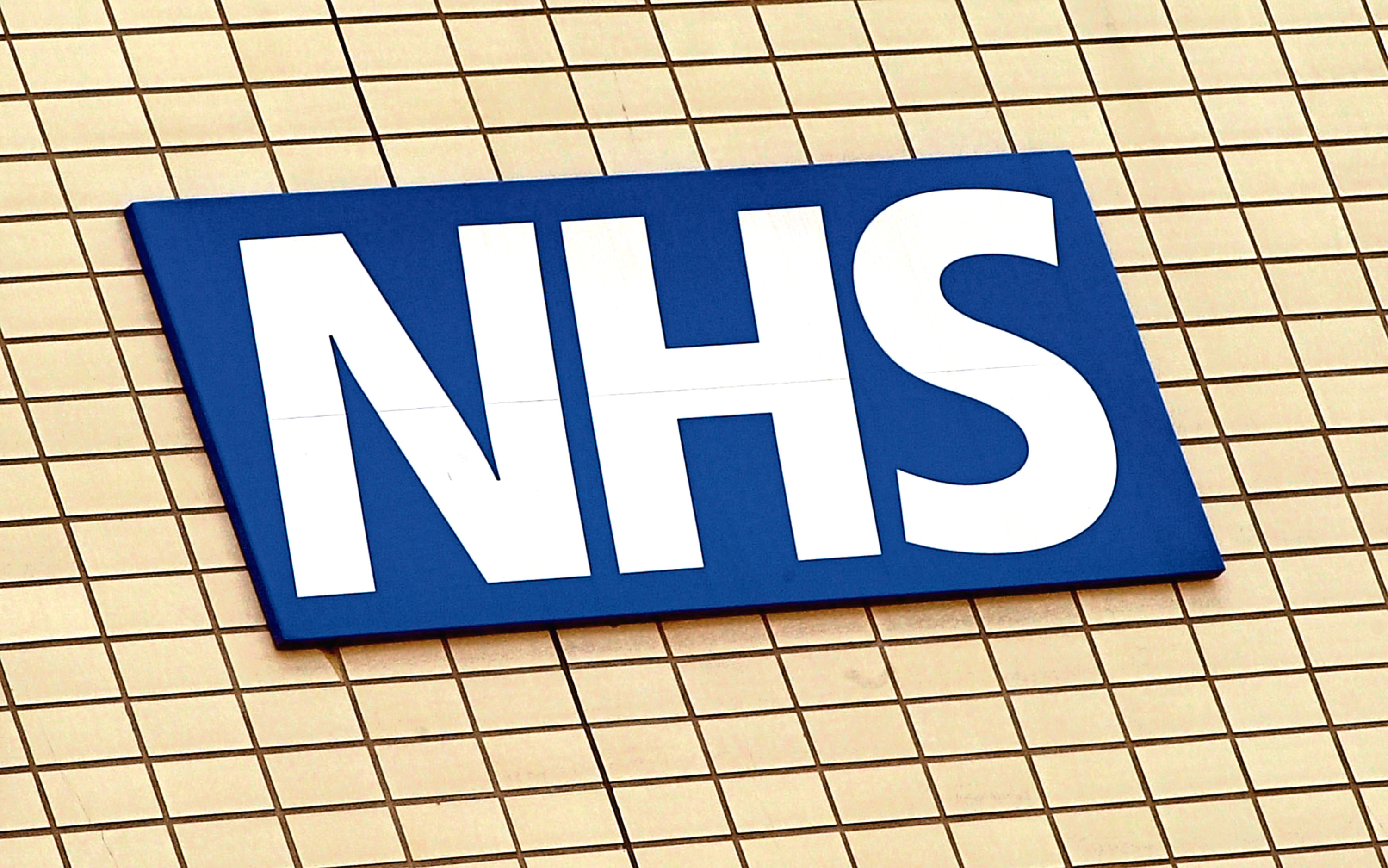
EARLIER this year, the National Health Service celebrated its 70th birthday.
And while it’s far from on life support, you couldn’t really argue that the patient is in rude health.
The NHS was launched in 1948 by Health Minister Aneurin Bevan, its chief architect, who based it on three core principles: that it meet the needs of everyone, that it be free at the point of delivery, and that it be based on clinical need not ability to pay.
Dr Phil Hammond’s stand-up show is titled Happy Birthday NHS and he explains: “I’ve worked in the NHS for 31 years now and what I like about doing this show is I went right back to the very beginning.
“Nye Bevan’s always been a hero of mine but most people don’t understand quite how extraordinary his achievement was.
“He came from a large family in the South Wales coalmining district, left school at 13, worked down the pits, had a stammer and a lisp, had no formal education yet rose to become one of the most effective politicians in a fairly short space of time. And he was brilliant in office.
“His torch burned brightly though not for long enough. But, wow, what he achieved!
“We could do with some of his vision of hope and leadership at the moment, I think, and not just in the NHS – we seem to have lost the hope and the positivity everywhere but in Brexit in particular.
“I was speaking to a senior Scottish NHS doctor who said they were heavily reliant on European doctors, particularly in the remoter areas of Scotland. In the Western Isles they have four anaesthetists and they’re all from Europe, and every time someone like Jacob Rees-Mogg says, ‘If we have a hard Brexit, people from Europe won’t be guaranteed to be able to stay,’ these people think about leaving.
“It’s interesting. The NHS often has to offer golden handshakes to entice people to take up positions in more remote areas but people from other countries see the beauty of the place and want the experience of working somewhere different, and often fall in love with the place.
“I’m sure Jacob, my local MP, will come up with a fantastic Brexit for hedge-fund managers like he used to be but I’m not convinced it will work for the rest of us. And that’s the trouble. You see these things from your own little bubble and I see them largely from a health and social-care bubble.
“I think we’re now seeing people who got into politics not to improve things for others but who are in it for themselves, and I hope people see through that eventually.
“The spectre of Brexit has already had a very detrimental effect on the NHS, the number of nurses for example joining the NHS from the EU has reduced to an absolute trickle.
“And if they don’t sort it out soon public services will really struggle because we’ve already had those eight years of austerity where funding was massively reduced.
“We have a staffing crisis. As it is we’re 100,000 staff short, so if we then add Brexit on top of that we really could go over the cliff if we’re not careful.”
All of this is very different from the heady post-war days when the National Health Service Act 1946 was drawn up.
In fact, the phrase “National Health Service” was first used by Liverpool physician Dr Benjamin Moore in his 1910 book The Dawn Of The Health Age.
He established the State Medical Service Association which became the Socialist Medical Association in 1930, and campaigned for an NHS from within the Labour Party.
Prior to 1948 patients were generally required to pay for their health care though free treatment was sometimes available from voluntary hospitals, and local authorities often provided hospitals for ratepayers.
As a result, the London County Council became the largest public health service in Britain.
Health insurance mostly involved private schemes such as “Friendly” and “Welfare Societies” though under the National Insurance Act of 1911, introduced by David Lloyd George, a worker was entitled to medical care if they registered with a GP and could prove their payments. However, most women and children were not covered.
In 1919 Christopher Addison, the first Minister for Health, commissioned a report on “schemes for the systematised provision of medical services” which laid down plans for a network of health centres and hugely influenced subsequent debates but the fall of the Lloyd George government prevented any implementation.
That said, prior to the Second World War there was an emerging consensus that health insurance should be extended to the dependents of the wage-earner and that voluntary and local authority hospitals be merged.
The British Medical Association issued a pamphlet on these lines in 1938, and the war strengthened the case as a new, centralised, state-run Emergency Hospital Service employed medical staff to care for the injured in whichever hospital was available.
This made the voluntary hospitals dependent on the government and it was recognised that they would be in financial trouble when peace returned.
In the early years of the conflict agreement was reached on a complete health service available to all post-war, with local administration of hospitals and health centres, and economist William Beveridge’s famous Report of 1942 stressed the expansion of National Insurance as the means to pay for it.

However, the resulting 1944 White Paper, though including the founding principles of the NHS, proposed paying through central taxation instead. When Labour took over following their 1945 General Election victory, Nye Bevan became Minister for Health and he decided against that funding plan and was of the opinion local authorities were too small to manage hospitals.
Instead, he decided “the only thing to do was to create an entirely new single hospital service” and this was the foundation stone of the 1946 Act under which people would have access to medical, dental and nursing care without having to pay for it at the time.
Many doctors were opposed as they felt it would limit their independence, and the BMA voted not to join the new service, but Bevan was a shrewd political operator and he divided and cajoled the opposition and, crucially, offered lucrative payments for consultants.
As he said: “I stuffed their mouths with gold.”
Many of you will know the 1946 Act only set up the NHS in England and Wales, the NHS in Scotland and Northern Ireland being established as separate entities by Acts in 1948, though Wales assumed responsibility for the NHS in 1969.
The NHS was a major employer from day one. Then, it was responsible for more than 400,000 staff including 9,000 full-time doctors and 149,000 nurses and midwives.
And this workforce has continued to grow – by the end of the 70s the NHS employed more than one million staff and as of 2015 it was the world’s fifth-largest work organisation with 1.7m staff.
Not even the far-seeing Nye Bevan could have predicted that.

Enjoy the convenience of having The Sunday Post delivered as a digital ePaper straight to your smartphone, tablet or computer.
Subscribe for only £5.49 a month and enjoy all the benefits of the printed paper as a digital replica.
Subscribe